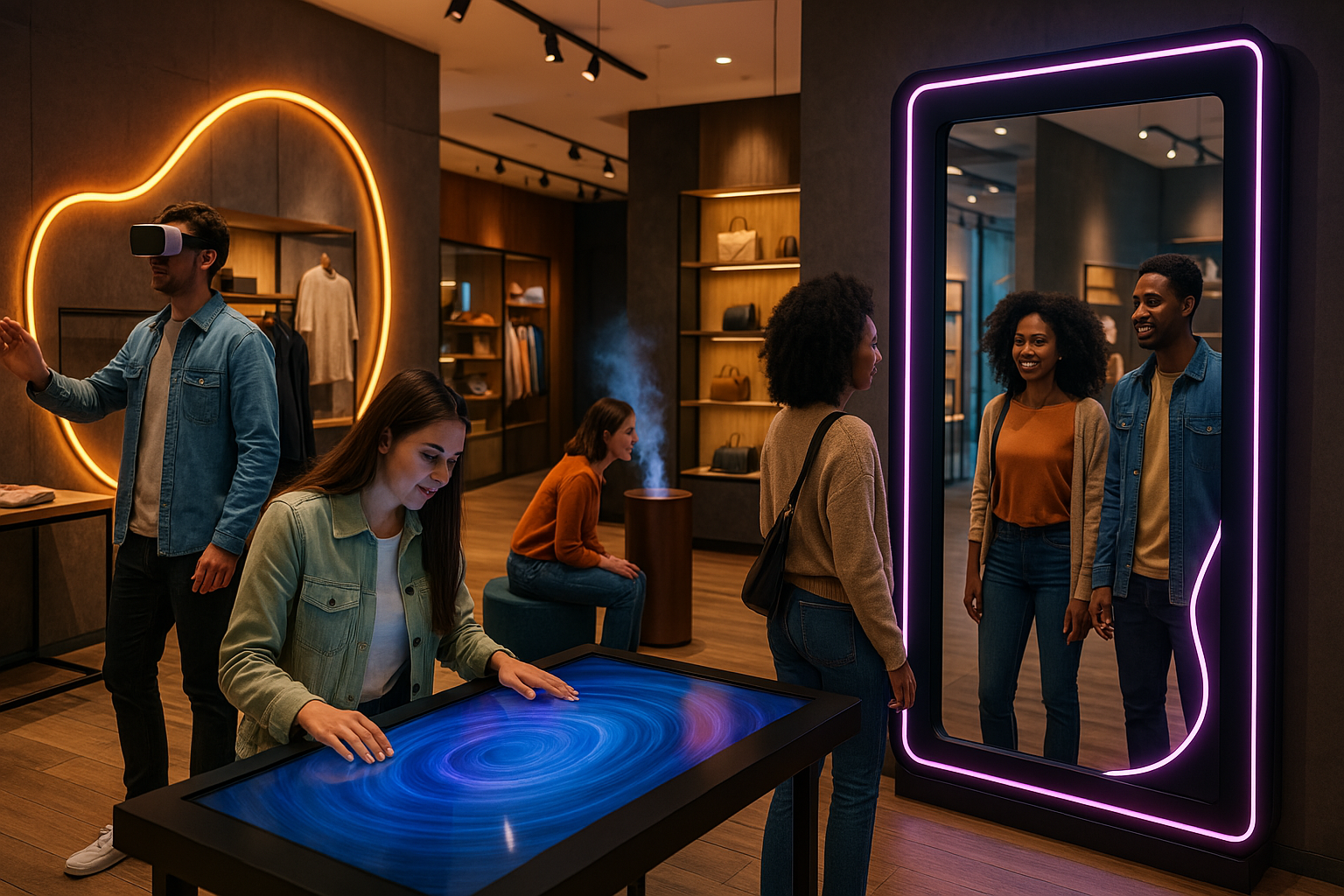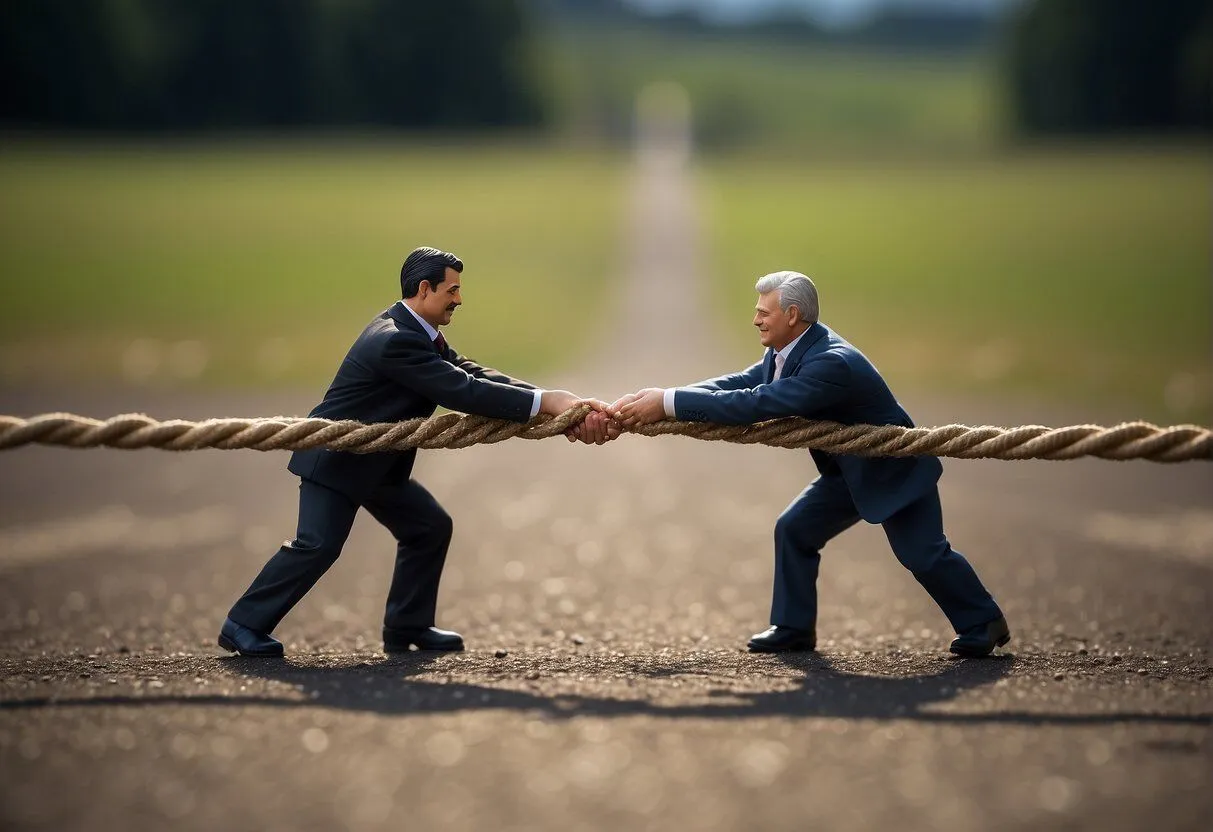Let’s face it—online shopping is quick, easy, and available 24/7. So why would anyone make the effort to visit a physical store? In 2025, the answer is simple: for the experience. Brands have realized that brick-and-mortar stores can’t just be about products anymore. They need to feel different. They need to spark curiosity, joy, and connection. That’s why experiential retail is taking center stage. Experiential stores don’t just sell—they engage. They invite shoppers to touch, test, create, and even play. These spaces are built around moments, not just merchandise. Whether it’s sipping coffee while customizing sneakers or learning about skincare in a mini-workshop, these experiences are pulling people off the couch and into the store. Let’s explore how experiential retail is reshaping the future of shopping.
Creating an Experience, Not Just a Transaction
Today’s best retail stores are like stages. Every product placement, scent, and soundtrack is curated to tell a story. The goal? Turn every visit into a memory.
Key Experience Features:
- Themed product zones that feel like lifestyle scenes.
- Interactive displays that respond to touch or motion.
- Lounge-style areas that encourage staying longer.
Retailers like Nike, Apple, and Glossier are leading the way. They blend tech, design, and storytelling to turn stores into destinations.
| Element | Purpose |
|---|---|
| Immersive Displays | Encourage hands-on exploration |
| Comfortable Seating | Invite customers to linger |
| Interactive Signage | Make browsing more engaging |
Augmented Reality: Try Before You Buy—Virtually
Augmented reality (AR) has moved from novelty to necessity. With AR, shoppers can visualize products in their world before making a decision. Whether it’s seeing how a sofa fits in their living room or how lipstick looks on their face, AR brings imagination to life.
AR Applications in Retail:
- Virtual try-ons for fashion and beauty.
- Product demos overlaid on physical shelves.
- In-store AR scavenger hunts for engagement.
These features don’t just amaze customers—they help reduce returns and increase purchase confidence.

Experiential Retail In-Store Events and Workshops
Experiential stores are blurring the line between retail and recreation. More brands are hosting workshops, live demos, and creative events to turn shopping into a social activity.
Popular In-Store Events:
- DIY classes (floral arranging, fashion customization).
- Expert-led product tutorials.
- Exclusive product launch parties.
Events create buzz and foster emotional connection. They also provide shareable moments for social media, amplifying brand reach.
| Event Type | Customer Impact |
|---|---|
| Skill-Based Workshops | Boost brand loyalty and expertise |
| Product Launches | Drive foot traffic and excitement |
| Community Meetups | Foster deeper emotional engagement |
Sensory Design: Engaging All Five Senses
An unforgettable store doesn’t just look good—it smells, sounds, and even feels good. Sensory-rich design turns ordinary shopping into a multisensory journey.
Sensory Enhancements:
- Custom scents tied to brand identity.
- Curated music playlists that match the vibe.
- Soft lighting and natural textures.
A well-designed sensory environment can reduce stress and increase the time shoppers spend in-store—two major win-wins for retailers.
Curated Product Journeys: Less is More
Instead of overwhelming shoppers with too many choices, experiential stores focus on curated selections. These selections are presented as stories or journeys, guiding the shopper through a focused, meaningful experience.
Curated Journey Tactics:
- Hero products showcased with backstories.
- Thematic product bundles.
- Limited-time collections with exclusive packaging.
This method reduces decision fatigue and creates a sense of discovery.
| Curation Style | Shopper Emotion |
|---|---|
| Limited Editions | Urgency & Excitement |
| Themed Sets | Storytelling & Clarity |
| Locally Inspired Items | Personal Connection |
Staff as Storytellers and Hosts
In experiential retail, sales staff become more than just clerks. They act as guides, educators, and brand ambassadors. Their role is to enhance the experience, not just close a sale.
What Today’s Staff Do Differently:
- Welcome guests with warmth.
- Share product origins and stories.
- Personalize recommendations based on real conversations.
Training programs now focus as much on empathy and storytelling as on product knowledge. The human touch is still one of retail’s most powerful tools.

The Tech Behind the Magic
Experiential retail may feel natural, but it’s powered by smart technology. From tracking customer flow to measuring engagement levels, AI and data analytics help brands refine their spaces and experiences.
Tech in Action:
- Heatmaps to see where customers linger.
- Real-time inventory linked to displays.
- Feedback stations collecting live insights.
Technology supports personalization at scale and ensures stores remain fresh and responsive.
Conclusion:
Experiential stores are proving that the future of retail isn’t about shelves—it’s about stories, senses, and social connection. These spaces bring joy back into the act of shopping, turning simple errands into experiences worth remembering.
Mattias Knutsson, a retail futurist and customer experience designer, often says, “Retail is theater. The brands that understand this will keep their audience coming back.” His vision of stores as stages and customers as participants is now more relevant than ever. In this new era, winning back customers isn’t about selling more—it’s about meaning more.





